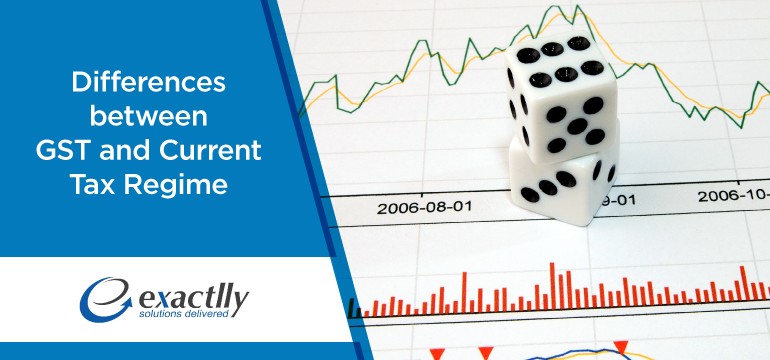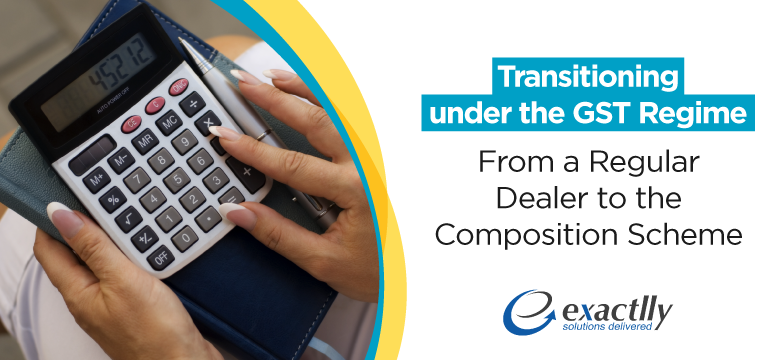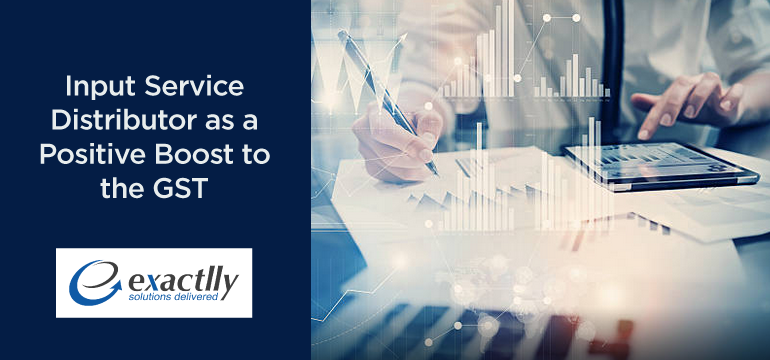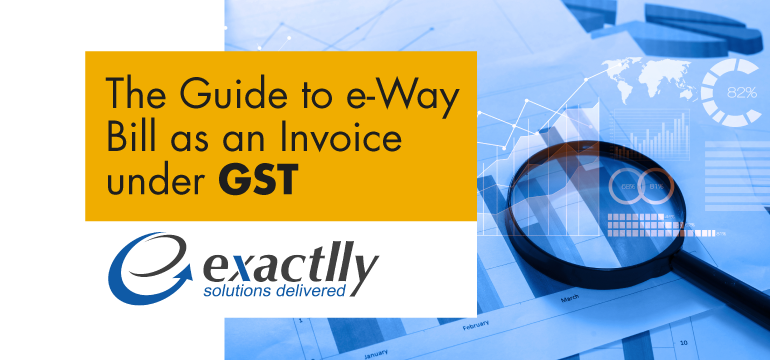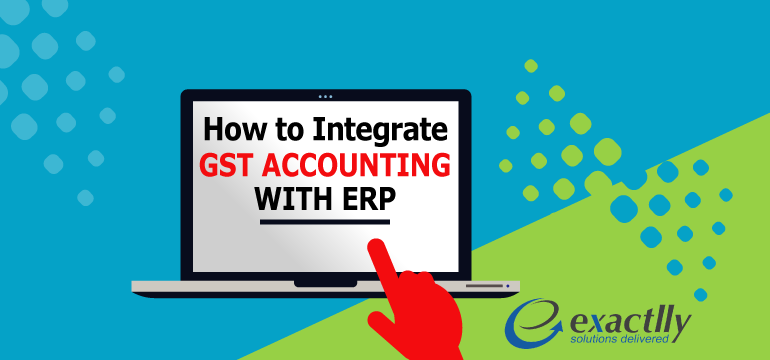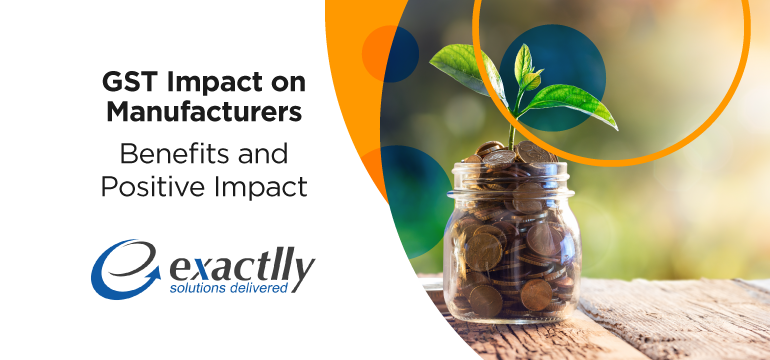Tax Liability Assessment under the GST Regime
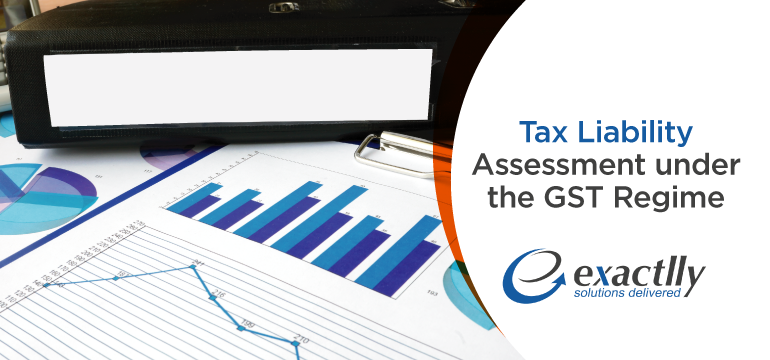
Every person is required to pay tax and hence is known as a taxpayer. However, the amount of tax payable by various persons, meaning their tax liability towards the government, varies due to several factors. Determining the amount of tax or the liability of tax of a person requires assessment. Under the GST regime, such tax assessment may be done either by the taxable person himself amounting to self-assessment or may be done by the tax authorities.
When such assessment is taken up by tax authorities, it may be done by way of either of the following methods namely scrutiny assessment, best judgment assessment, summary assessment or self-assessment.
Payment of taxes is done through the filing of tax returns and as established above, it is mandatory for every taxable person to discharge his due tax liabilities. Filing returns varies from person to person, depending on the kind of registration the taxpayer may have, or the amount of tax he is paying, based on factors such as the income of a single individual or aggregate turnover of a business. Returns may be filed by way of Form GSTR-3 monthly and Form GSTR-9 annually, considering the taxpayer has undertaken self-assessment.
Nonetheless, when tax authorities are assessing an individual or business, these are the ways in which they determine tax liabilities –
|
Mode of Assessment |
Description |
Illustration |
| Provisional Assessment | Provisional payment of tax can be requested by a taxpayer and granted by the requisite tax officer – in the event that a taxable person is unable to determine his tax liability. The tax officer will then issue an order granting the taxpayer the right to make provisional payments based on the total tax liability determined by the tax officer. The taxable person will then have to execute security by way of a bond and surety, binding on himself for the payment of the difference in the total tax assessed and the provisional amount so paid.
The final tax order is to be passed by the officer within 6 months of granting such provisional payment. The taxable person will be required to pay additional interest on additional tax payable under provisional assessment, not paid by the due date of 20th of every subsequent month – therefore, the interest will be liable to be paid from the 21st of every subsequent month until the date of actual payment. Interest will also be paid on the refund amount if the taxable person is eligible for a refund. |
A registered taxable person manufactures a good on the basis of which the HSN Code or the tax rate are unavailable. In such an event, the taxable person may request a grant of provisional assessment of his tax liability. |
| Scrutiny Assessment | Scrutiny assessment, in simple words, means scrutinizing a taxable person’s self-assessment. Therefore, upon the furnishing of information by a taxable person, a tax officer has the authority to examine such information for verifying the accuracy and correctness of the same. In case the officer notices a discrepancy in the information furnished, he shall inform the taxable person and request an explanation for such conflict of information, which in turn, if found satisfactory, then no further action shall be taken by the tax officer.
However, if the explanation is not satisfactory, not given within 30 days of being informed, nor is such information rectified upon being notified of the discrepancies, the tax office has the authority to take appropriate action against the taxable person. |
A tax officer verifies details provided under Form GSTR-3 filed by the taxable person. If doubts or conflicts arise in the information so filed, he may send a letter to such a taxable person seeking an explanatory statement on the same. |
| Best Judgment Assessment | A tax officer shall assess a taxable person’s returns to the best of his judgment under this method. The various situations when this method may be adopted are as follows – | |
A tax officer shall assess a taxable person to the best of his judgment if that taxable person has not furnished his returns even after being served a notice to do so. For conducting such an assessment, all information regarding the taxable person’s tax liability as available shall be considered. The tax officer will based on this assessment, issue an order within 5 years of the due date of filing the return (in the year it was due to be filed but not filed). Any return furnished within 30 days of the assessment order being issued shall be rescinded. |
If a taxable person does not provide details by way of Form GSTR-9 for one financial year, even upon receiving notice by a tax officer or department, the tax officer will then use his best judgment to initiate an assessment to assess the tax liability of that taxable person. | |
|
In the event that a tax officer finds that a taxable person has not registered under the GST and his aggregate turnover exceeds the threshold limit, such tax officer shall initiate a best judgement assessment and assess the tax liability of that taxable person. | |
| Summary Assessment | In some cases, a tax officer (with the permission of the Additional / Joint Commissioner) may assess the tax liability of a taxable person for the purpose of protecting the interest of revenue, upon finding sufficient evidentiary information on a person’s returns. If such tax officer has ground to believe that revenue loss can be protected or recovered, he can assess the tax liability of a taxable person. | The tax officer examines Form GSTR-3 as filed by a taxable person and may initiate a summary assessment on the basis of having found enough information or evidence to believe that a significant loss of revenue can be recovered from the taxable person. |


